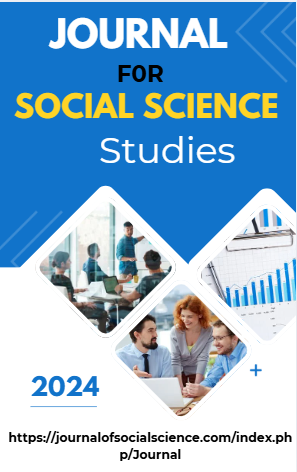INTERGENERATIONAL EDUCATIONAL MOBILITY ACROSS CASTE LINES: EVIDENCE FROM RURAL SINDH HOUSEHOLD PANELS
Abstract
Intergenerational educational mobility is a key measure of social equality, especially in highly stratified communities. In South Asia, social systems based on caste disadvantages to upward mobility have been prevalent and rural Sindh-Pakistan offers an important context for the study of these dynamics. We explore intergenerational educational mobility across caste lines using longitudinal household panel data drawn from rural Sindh, for the period from 2005 to 2020. Building on earlier research on caste-based disparities in India (Desai & Dubey, 2012; Borooah, 2017) and Pakistan the question to be addressed in this article is whether contemporary household socioeconomic status has any impact on educational attainment independently of one’s Jāti or Kin identity while examining access to schooling. To do so, we employ a multi-method approach combining econometric models—logistic regression, intergenerational transition matrices and random forest classification (following Breiman 2001; Chetty et al. 2014)—and qualitative interviews (n=40) to better contextualize persistence and mobility patterns. The findings indicate high degree of upward educational mobility, especially among certain low-caste groups, yet there still exist entrenched inequalities and lack of access particularly to post-primary schooling. Predictive models with an AI technique indicate that caste identity is still a stronger predictor of attainment than income quintiles, confirming earlier findings from Indian settings (Hnatkovska et al., 2013). Qualitative data reveals discrimination, marriage practices and patron-client relations as being structural impediments. These results do call for caste-sensitive interventions in policy on education reform and focused affirmative action.
Keywords: intergenerational mobility, caste, rural Sindh, education inequality, household panels, social stratification


